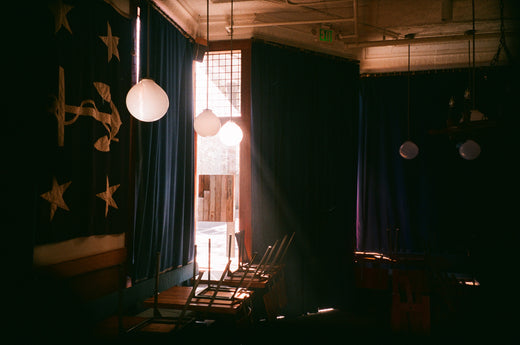
Back to Basics in the Lowcountry
by Stephanie Burt / Photos by Daniel Hublein
South Carolina’s Lowcountry region is a landscape defined by water. It shapes daily life in the bustling hub of Charleston, dictating everything from weather patterns to what’s for dinner. From creek shrimp to redtails to offshore runs, blue crab pots to oyster clusters, the seafood pulled from this water forms the actual vertebrae of one of the richest culinary communities in the South.
The Chef
James London grew up with salt air in his lungs and his feet in pluff mud, traipsing through stands of pine trees and tidal creeks. After spending his formative years in this coastal proving ground, James was naturally drawn to the culinary arts. When he graduated from college in 2007, his father pushed him to leave behind his home in search of the kind of classic culinary training only found in big cities.

So that’s what he did, exchanging fishing tackle for subway cards as he honed his skills in the kitchens of New York City and San Francisco. He spent long hours in tight spaces while keeping his head down and his feet in front of the line. He was ambitious and increasingly passionate, but soon began to realize that he’d taken his Lowcountry roots for granted.

“In New York, on a chef’s schedule I could never really leave the city,” James recalled. “At least in San Francisco, I could get outside, could escape the city, and be in the redwoods in 20 minutes. But in New York that kind of access just wasn’t an option. Coming back to Charleston was always the goal, and the more I worked outside of it, in some of the best food cities out there, I realized that the seafood was superior to anything else in the country.”

“Coming back to Charleston was always the goal, and the more I worked outside of it, in some of the best food cities out there, I realized that the seafood was superior to anything else in the country.”
Charleston does indeed have a unique bounty. The nearby coastline gives way to the intersection of the mid-Atlantic and southern-Atlantic waters, supporting a dizzying array of species that can be caught off its shores.
The Fisherman
Mark Marhefka of Abundant Seafood has been a full-time commercial fisherman here since he graduated high school in 1979. Mark and his wife and co-owner Kerry have long worked closely with the scientists and local biologists to improve the health of the oceans and keep Charleston a viable part of the seafood industry.

Mark has also dedicated his career to educating other fishermen and acting as a liaison between parties that otherwise seem at odds.
“We are focused not just on sustainability for the resource, but sustainability for the industry, and that includes its fishermen,” he said. “I have a passion for sharing the good practices we employ on the Amy Marie so that the fish are in as pristine condition as they can be so we can get good prices for them. It’s a lot of little things, but everything from considering atmospheric conditions when cutting fish to storage and icing can affect the final product. I want us all to get the top prices for the hard work we put in.”

“We are focused not just on the sustainability for the resource, but sustainability for the industry, and that includes its fishermen.”

Mark has changed the culinary culture in Charleston, educating chefs about under-utilized species. He’s also been a consistent voice for using more of every fish—simply taking the filets means that 45 percent of each fish becomes waste instead of dinner.
Working Together
When James opened his now infamous restaurant Chubby Fish in downtown
Charleston in 2019, Mark was one of his first calls. The chef wanted to celebrate Charleston through a relaxed but elegant approach to hyper-seasonal seafood with inspiration from his time in sushi restaurants.
“James is one of those rare chefs that actually buy what I term one-off fish, though many chefs claim to and never follow through,” Mark said. “He will take one or two fish, run a special, then when it’s done, it’s done. That kind of cooking allows his diners to taste something that might not be on many other menus, and that kind of education trickles down.”

James has also educated himself again on the water, eager to spend his days angling for some of the species he’s grown to love since returning to the Lowcountry. He and his partner Yoanna Putri spend lots of time chasing reds in the tidal creeks, saving some to cook at home on the rare days off. He’s reconnected with home by once again savoring the salt air again in his lungs, though his boyhood adventuring spirit is now transformed into riffs on recipes with his culinary team.
He trusts his diners to be adventurous, and in turn they trust him to teach the new boundaries of what can be delicious. Each service at Chubby Fish feels more like a laid-back dinner party than a formal presentation, although there’s plenty of technique and precision behind the scenes.
One of his most sought-after dishes on the Chubby Fish menu is fish collars, that space between the head and ribcage that contains a couple of choice nuggets of meat that often end in the scrap pile when they ought not to. With commercial fisherman like Mark by his side, James is one of a growing number of Southern chefs placing collars instead in the center of the plate, and as an angler himself, it’s also become one of his favorite cuts for home cooking.
“If the fish is fresh and handled well, you don’t have to do much to make it delicious, but a good seafood breading can make all the difference,” he said. Whether enjoyed in Chubby Fish’s dining room or campside in a cast iron skillet, fish collars are sustainable seafood made delicious. It’s stewardship of the resources we harvest, and at the same time, a new wow factor for home cooked dinners made from fresh-caught fish. As if you needed another excuse to get out on the water.


Stephanie Burt is an audio producer, food and travel writer, and the host/producer of The Southern Fork podcast. She has contributed to Saveur, The Washington Post, The Bitter Southerner, Conde Nast Traveler & more, and she currently lives in Charleston, S.C.

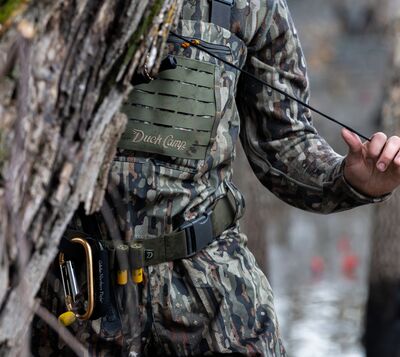

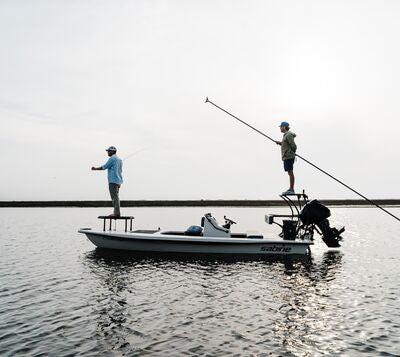
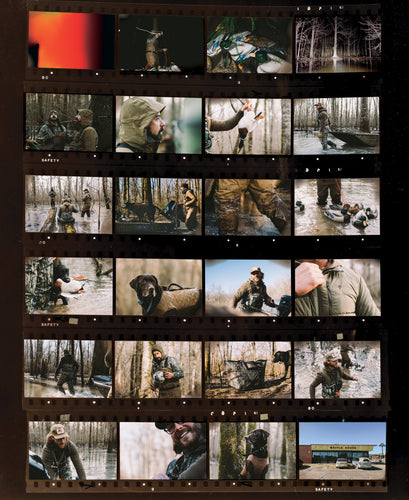
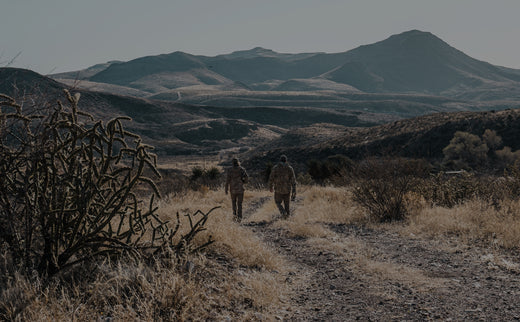

1 comment
New to your web sight. Like the reviews and quality products. Any cookbooks?
A Curry
Leave a comment
This site is protected by hCaptcha and the hCaptcha Privacy Policy and Terms of Service apply.